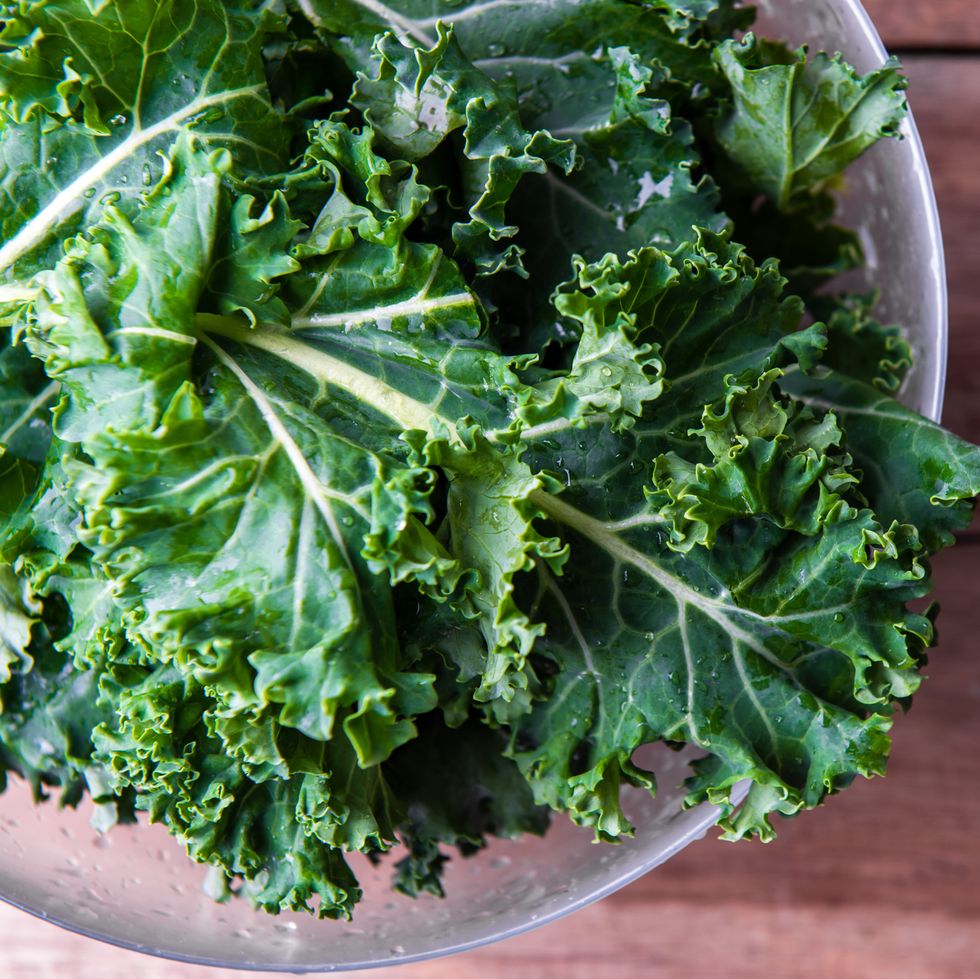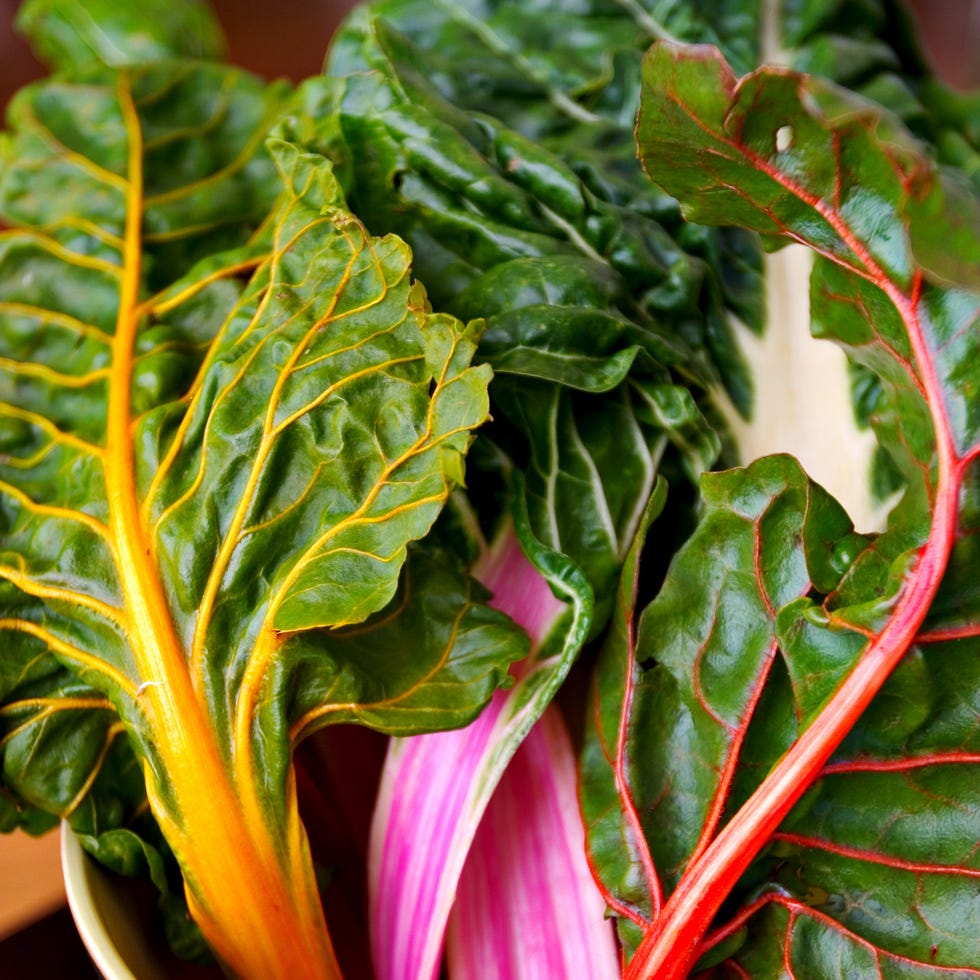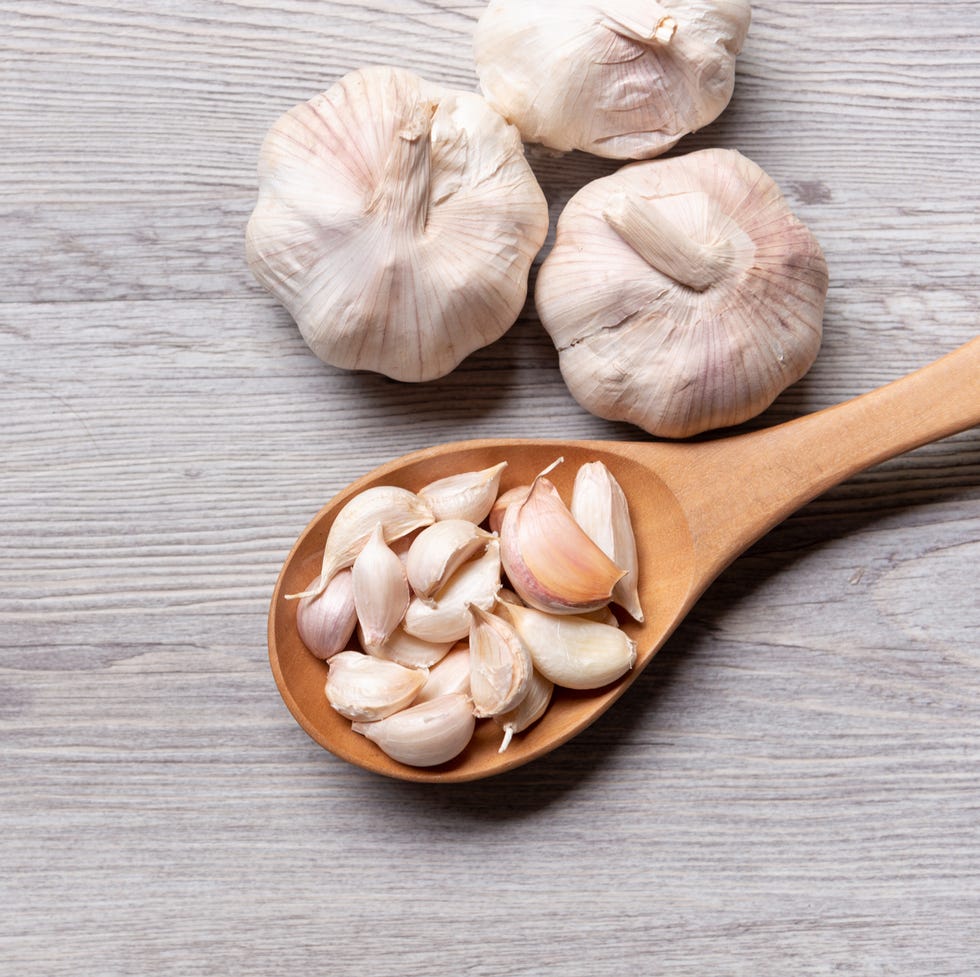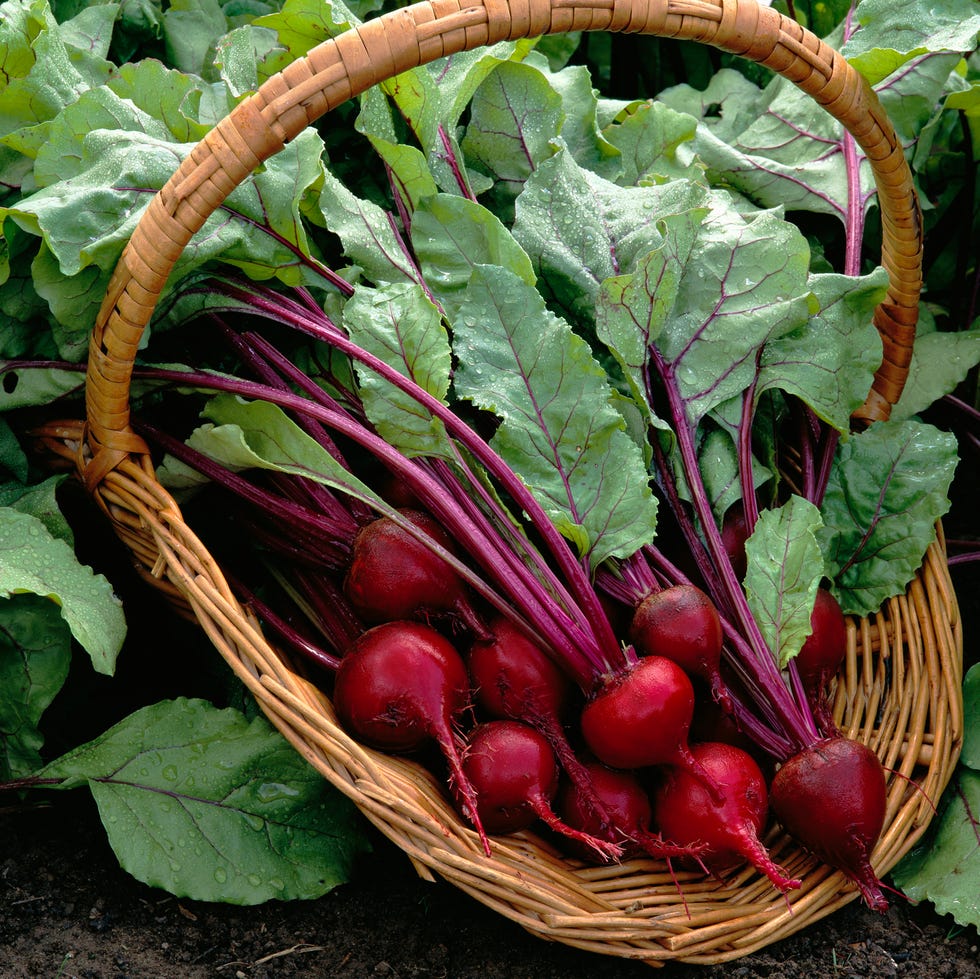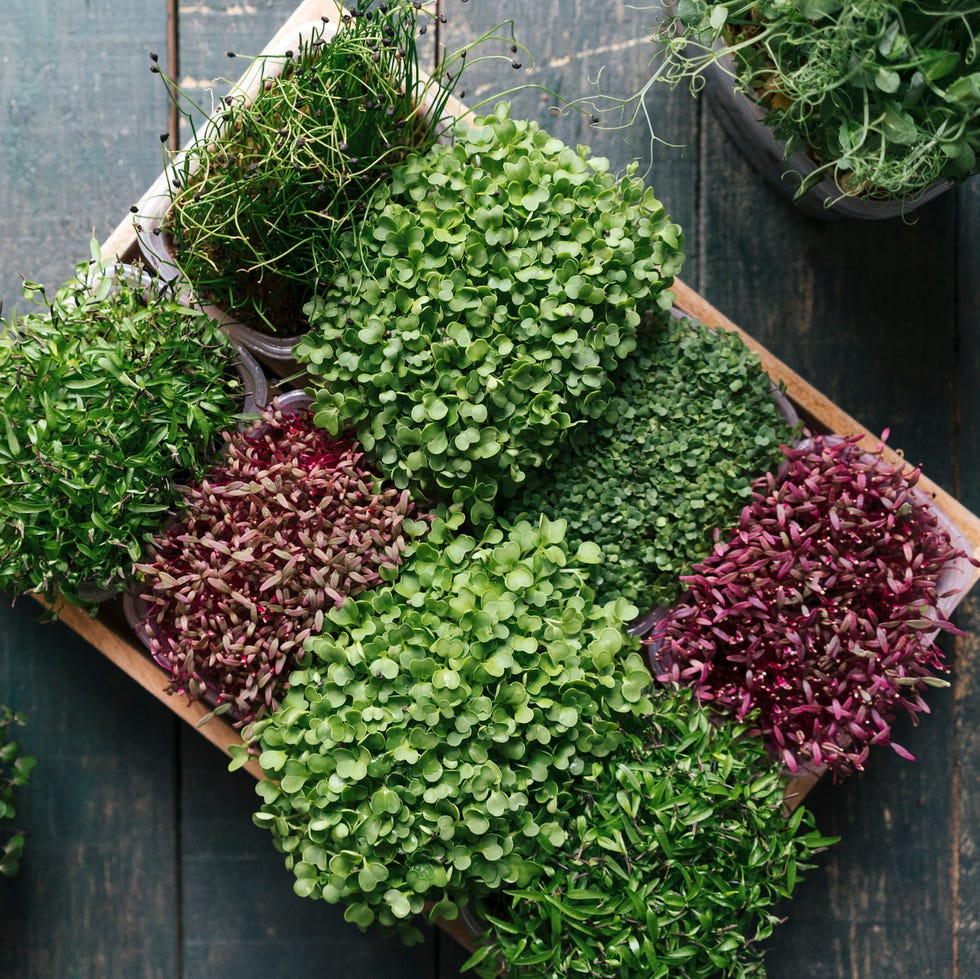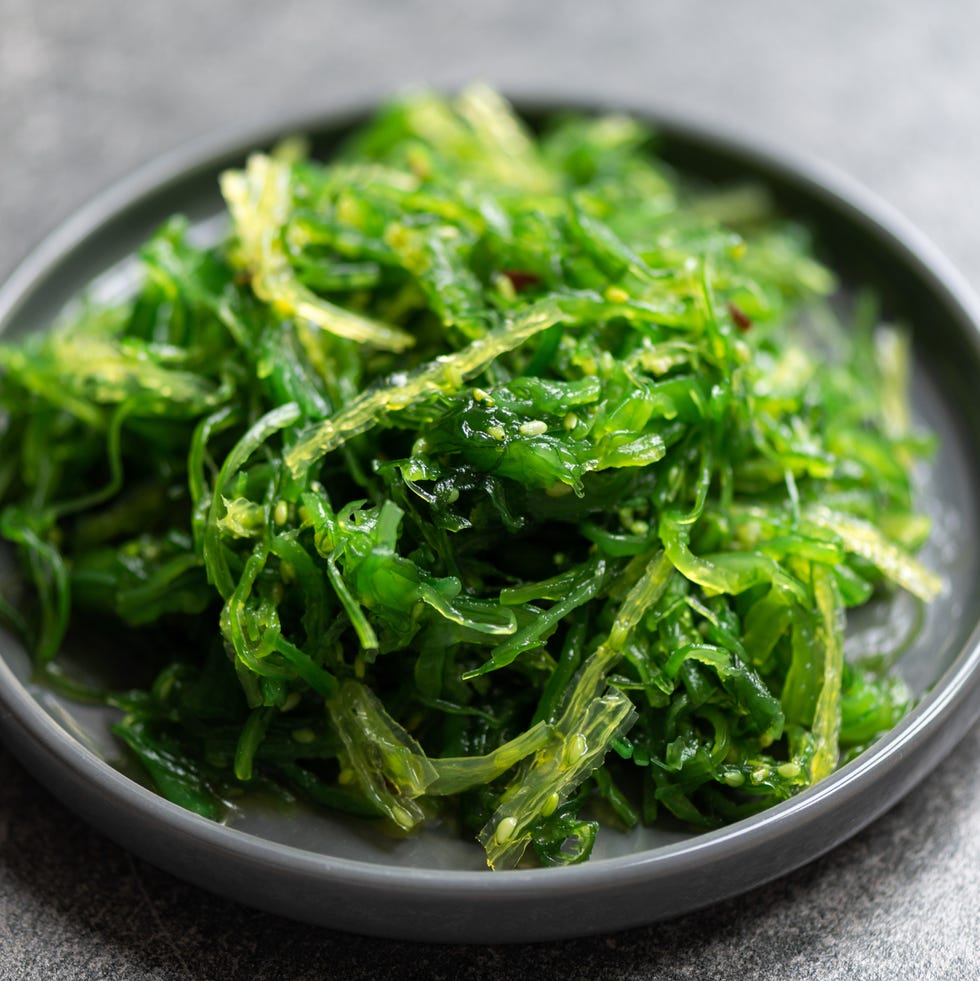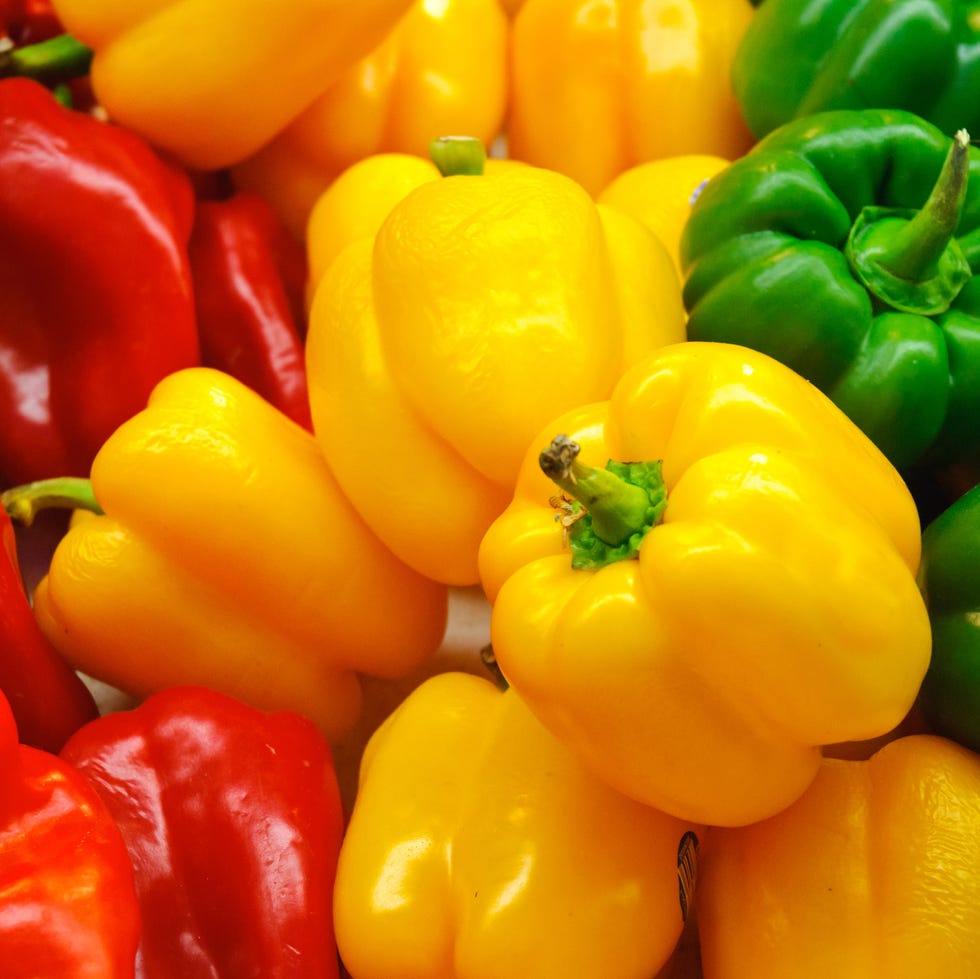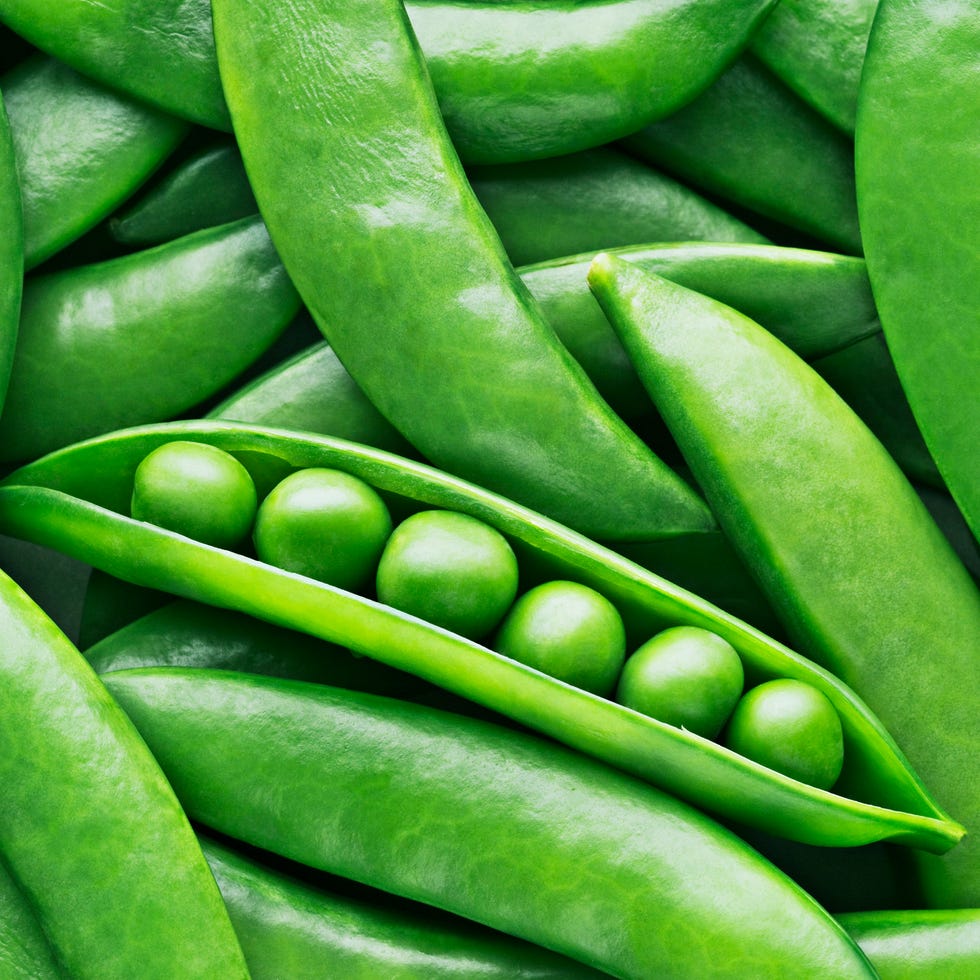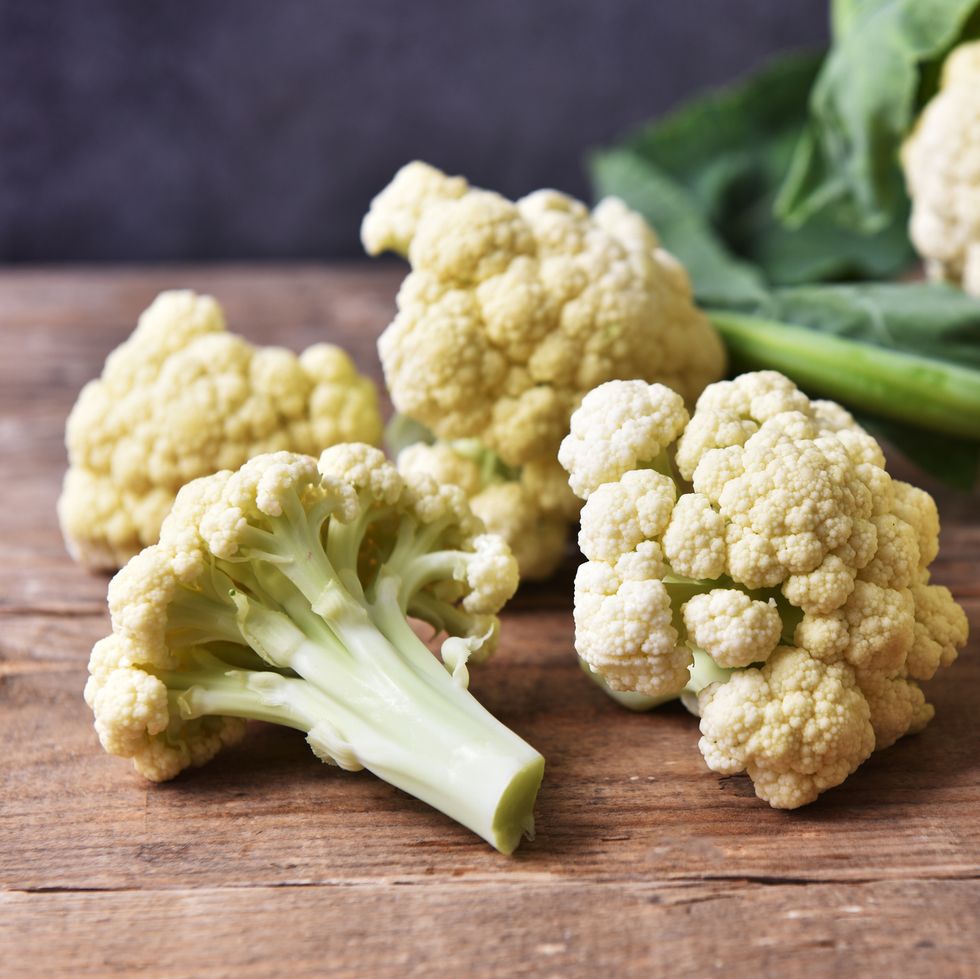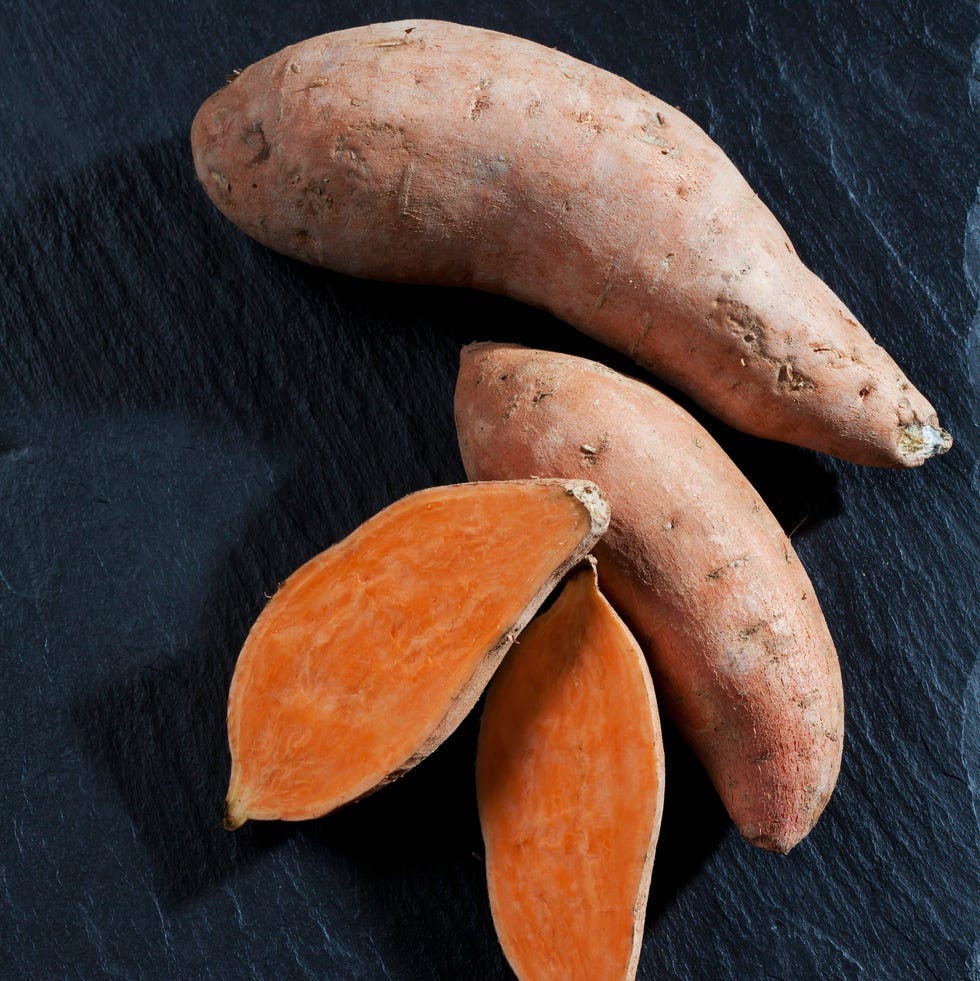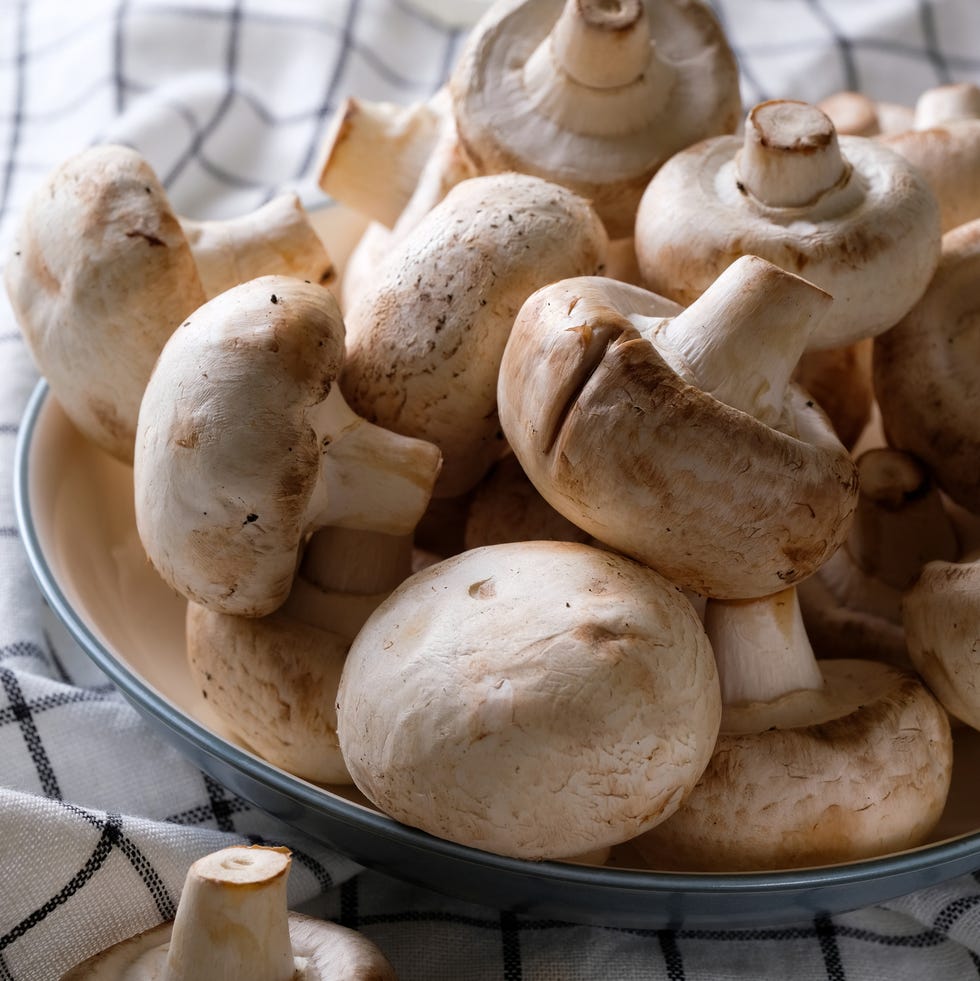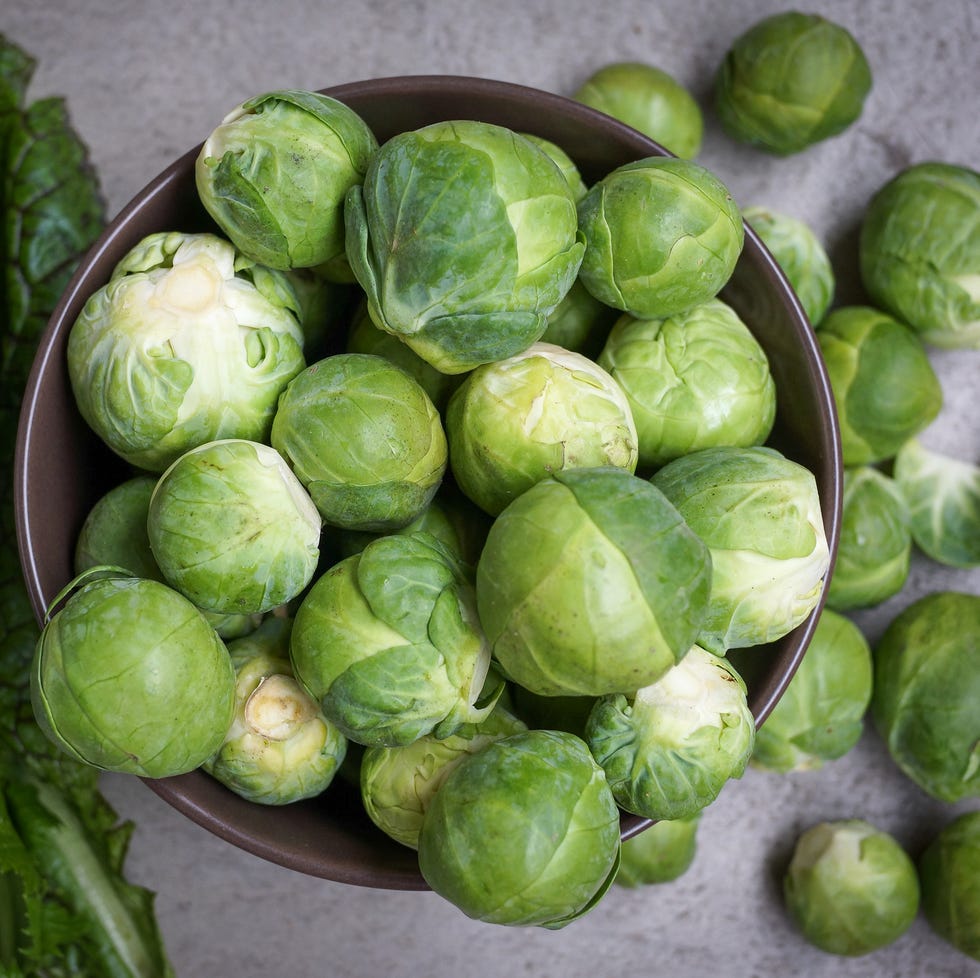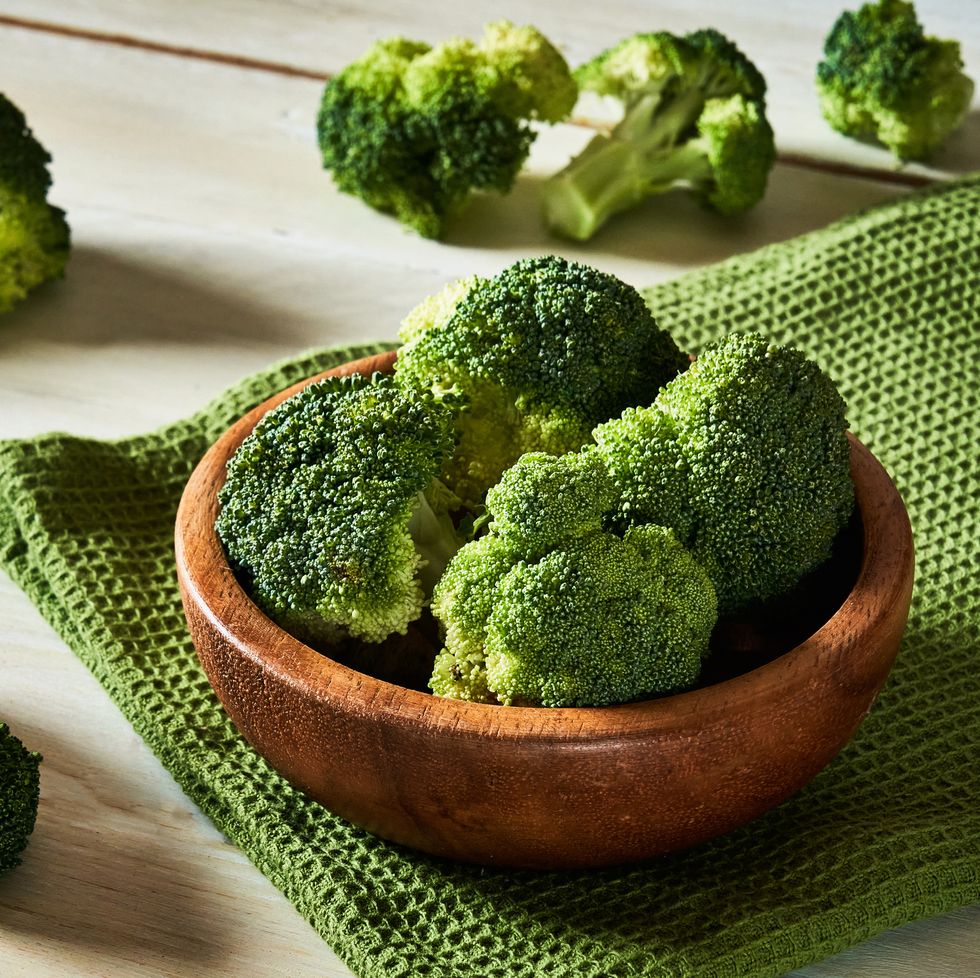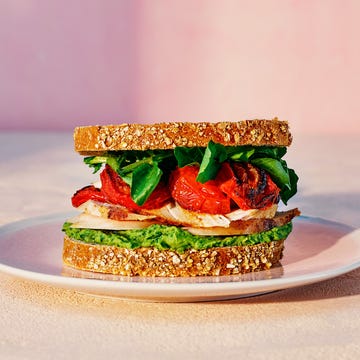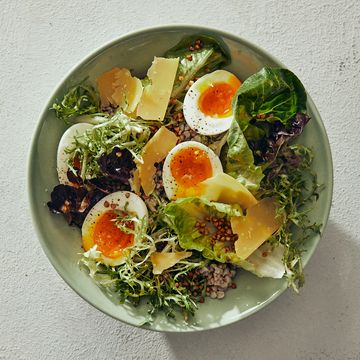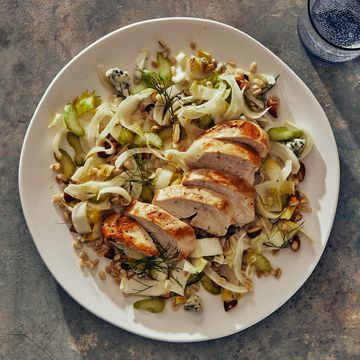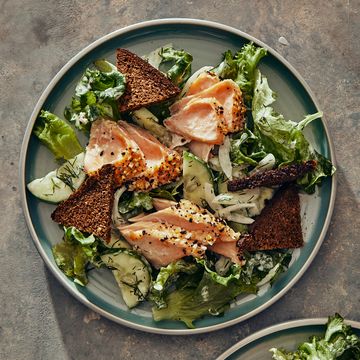The 15 Healthiest Vegetables To Eat—And The Best Ways To Prepare Them, According To Nutritionists
Sometimes the heat kills the nutrients.
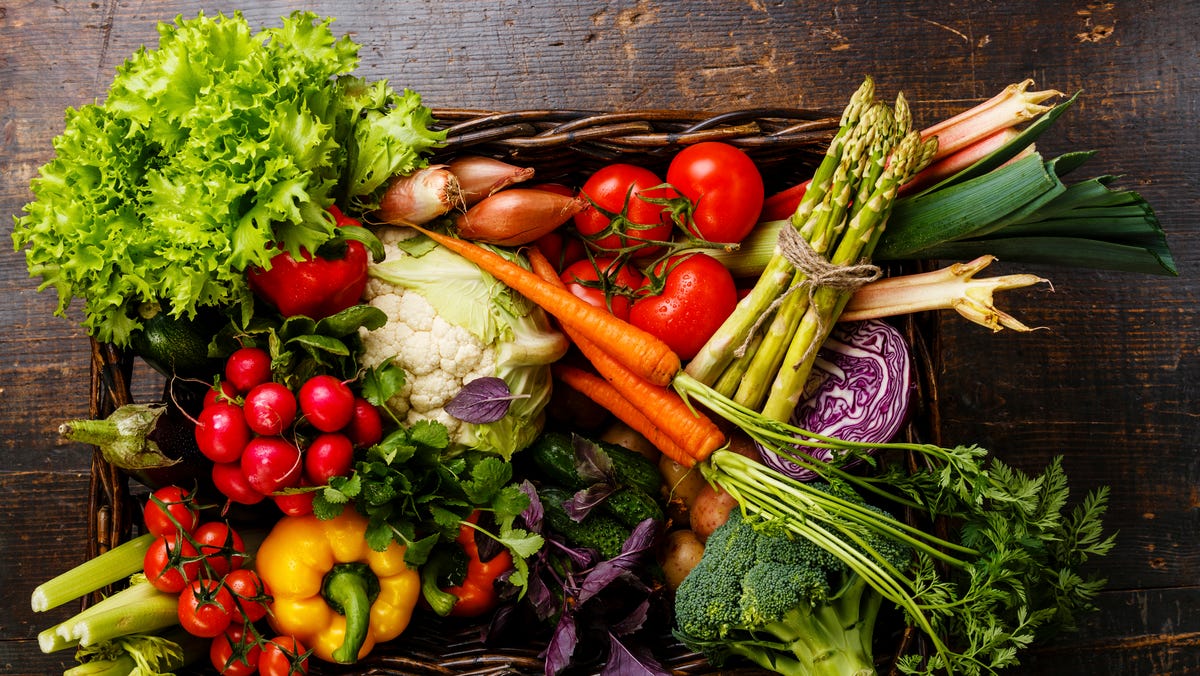
Women's Health may earn commission from the links on this page, but we only feature products we believe in. Why Trust Us?
We hate to break it to you, but your mom was right—you really should be eating your vegetables. After all, a diet rich in veggies can reduce the risk of heart disease, lower blood pressure, and prevent certain types of cancer. “Pretty much everyone could benefit from including more vegetables in their diets, and most people fall short of daily recommended intakes,” says Alissa Palladino, RDN, CPT, an Atlanta-based nutritionist. With so many varieties to choose from, you may be wondering which are the healthiest vegetables to eat.
The answer? Experts agree they all offer something nutritious. No one vegetable provides all of the nutrients you need to be healthy, so eating a good mix is just as important as consuming enough.
“All those vibrant colors represent different health-promoting phytonutrients,” says Mackenzie Burgess, RDN, a recipe developer at Cheerful Choices. “For example, purple veggies like eggplants are rich in anthocyanins, which help protect the cells in our body from damage.”
The CDC recommends eating two to three servings of veggies a day, and a typical serving is defined as either one cup of raw produce, like baby carrots or cucumber slices, or 1/2 cup of cooked greens (think: sautéed spinach or roasted cauliflower), according to Palladino.
If you’re curious which vegetables have the best nutritional profile, here are 15 choices with the highest fiber, vitamin and antioxidant content, according to registered dietitians and science.
Meet the experts: Alissa Palladino is an Atlanta-based nutritionist. Mackenzie Burgess is a nutritionist and recipe developer at Cheerful Choices.
Lauryn Higgins is a freelance journalist whose work focuses primarily on public health. Her work tracking the coronavirus for The New York Times was part of a team that won the 2021 Pulitzer Prize for Public Service. When she's not working she loves spending time in her kitchen and garden, taking barre classes and cuddling with the love of her life, her 90-pound bernedoodle, Gus. Her work has also appeared in NPR, Salon, Teen Vogue and Well + Good.

Jennifer Lopez Diet

40 Healthy Lunches That Are Straight-Up Delicious

Healthy Sandwiches For Every Meal Of The Day
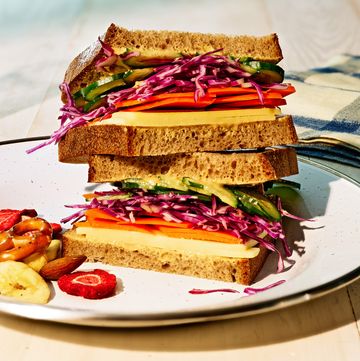
Cheddar and Veggie Sandwiches Recipe
